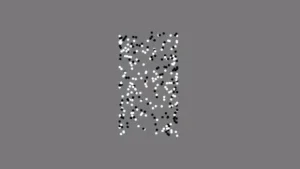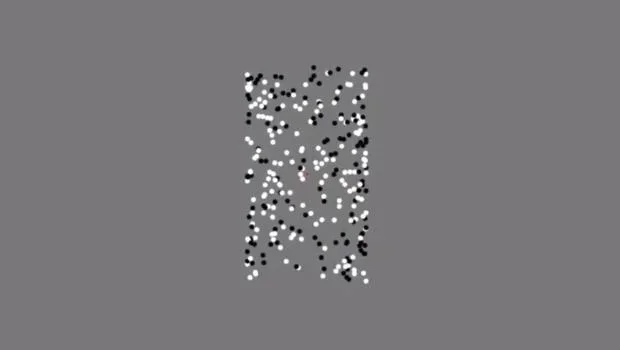A simple optical illusion is shedding light on how people with autism spectrum disorder (ASD) process visual information. The illusion shows two layers of black and white dots moving in opposite directions: some viewers see two sheets sliding past each other (detail-focused), while others see a single rotating cylinder (holistic view).
Researchers at the University of Pisa found that participants who saw the two sheets—and showed matching pupil responses—also scored higher on autism-related traits. While the illusion isn’t a diagnostic tool, it highlights a tendency in individuals with ASD toward detail-oriented perception.

These insights could aid early detection and support strategies, adding to existing research that shows autistic individuals often process visual input differently. The illusion underscores how perception styles vary—and how they can provide valuable clues for better understanding and supporting those with ASD.
